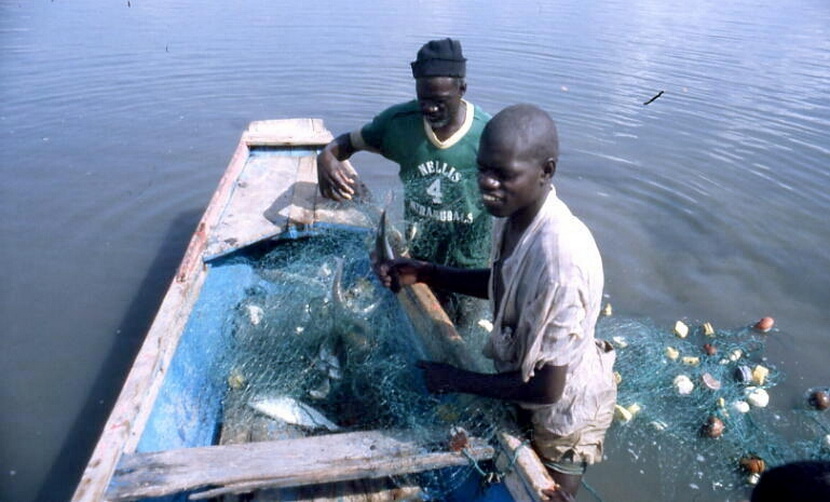All about Senegal - why the country is famous
What Is Senegal Known For?
Senegal, which is country in western Africa, is located at the westernmost point of the continent and is served by multiple air and maritime travel routes. This African country is often known as the “Gateway to Africa.”
The country is on an ecological boundary where semiarid grassland, oceanfront as well as tropical rainforest converge. This diverse environment has gifted Senegal with a wide variety of plant and animal life. It is from this rich natural heritage which the country’s national symbols were chosen: the baobab tree as well as the lion.
Here are a couple of things which Senegal is known for.
There Are 7 UNESCO Sites In Senegal
You cannot pay a visit Senegal without stopping off at areas of cultural and natural significance. The country has seven UN-recognised landmarks and pictures do not justify the beauty of seeing them in-person.
Baobab Trees Are Amazing In Senegal
The baobab tree is a national icon of Senegal and an essential part of this western African country’s culture. The bark, pulp, the leaves and fruit of these massive trees are utilised for ropes, food, medicine and animal fodder. The trees themselves are an important meeting places. The cavities that form inside the massive trunks have traditionally been utilised as graves for griots who are renowned storytellers and poets.
Siné-Saloum Delta
In the south of Senegal is Siné-Saloum Delta, which is one of the UNESCO World Heritage Site which we spoke of earlier in this article. This delta is defined by its wild tangle of mangrove forests, lagoons, islands, and rivers. Cruises give the opportunity to experience life in the region’s traditional fishing villages and also to spot a multitude of rare bird species in addition to large flocks of greater flamingo.
Senegal’s Climate Is Dependent On The Tropical Latitude Of The Country
In addition, it is conditioned by the seasonal migration of the intertropical convergence zone (ITCZ). This is the line, or front, of low pressure at which hot, dry continental air encounters moist oceanic air and generates heavy rainfall. The dominant winds are also characterised by their origin: the dry winds which originate in the continental interior and the moist maritime winds which bring the rains.
The dry winds, which sometimes are called the dry monsoon, consist of the north-eastern trade winds. In winter and spring, when these are strongest, these winds are known as the harmattan. These bring no precipitation besides a very light rain, which the Wolof people of Senegal terms the heug.
The moist rain-bearing winds blow mainly from the west and northwest. Starting in June with the northward passage of the ITCZ, these winds bring in the summer monsoon. As the ITCZ returns southward starting in September, the rainy season draws to an end. The unhurried north-south migration of the ITCZ leads to a longer, heavier rainy season in the southern part of the country.
Although Senegal Is 93% Muslim, The Country’s First President Was Catholic
Well-known poet Léopold Sédar Senghor made the call for independence beginning in 1959, long before mobile roulette apps were around. He believed in federalism and rallied in order to form the Federal Assembly of West Africa after France departed the region. In spite of the low success of the assembly, Senghor later became the first president of Senegal and was president from 1960 to 1980.

